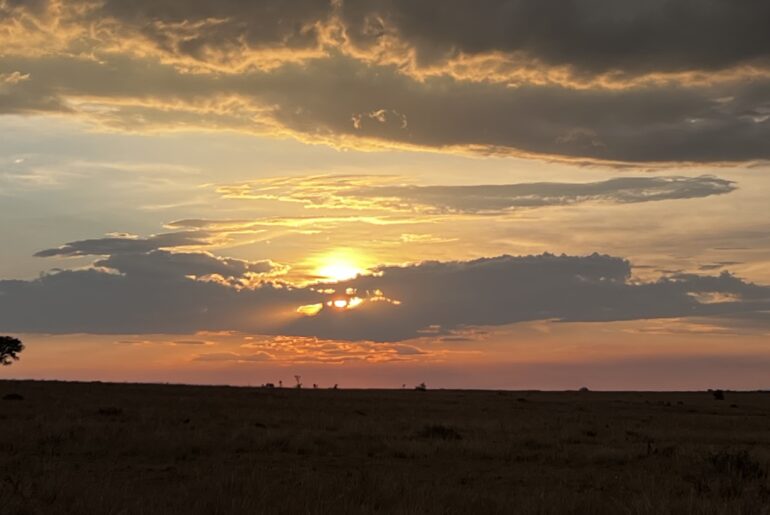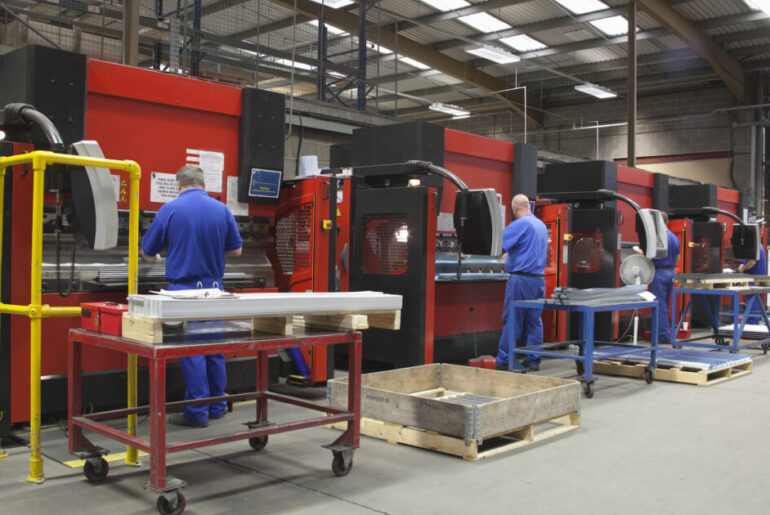(Originally posted on May 11, 2022 on the Drishti blog)
As an organization grows it hits a few natural pain points. Growth is a good thing, but oftentimes this growth pushes the limits of what an operation can do under its current capabilities. Consider a manufacturer going from a mom-and-pop shop to a batch manufacturer in a small facility. Consider that same company years later with more products requiring the transition to line manufacturing.
When an organization reaches the limits of its capacity, it is forced to change. Good organizations plan for this and forecast growth strategies. This can be hard learned for some. As volume increases, and a company’s depth of production becomes more complex more people need to be brought into play. A company may have started with one person or manager wearing many hats, but as time goes on that may break into several more specialized roles allowing each person a focus on their slice of the pie. Each slice is not less important, it just so happens that the pie itself keeps getting bigger.
Let’s consider the actual manufacturing of a product. In a small manufacturer, batch manufacturing scenario there may be one or two technicians that can build an advanced product from beginning to end. As the volume goes up, this same method will likely no longer make sense. In order to accommodate the demand, a business needs to de-specialize the steps involved in the assembly of the product. This seems obvious, but can be difficult. The first step usually involves trying to bring new technicians up to speed building in the same way as before (from beginning to end). This yields limited results though and can be difficult since you’re trying to pack the hard-won experience of the more advanced technician into a novice to the task. It’s possible but only prolongs the issue.
For any role, we need to consider the “bus rule”. This sounds morbid but is a valuable tool. Ask “if I got hit by a bus tomorrow, what would be lost in my organization?”
More realistically, if there is an emergency, or your worker decides to leave (whatever the reason may be), what knowledge is lost? For a young organization going through growing pains, with people wearing multiple hats, the answer can be quite painful. Most won’t even know. The reason for this is the amount of tribal knowledge and the lack of official systems in place.
Even if you’re a mature organization it’s worth self-auditing and asking the question. What is not written down? What information is being taken for granted? If I brought a new person in how would they know what to do? Then just keep asking, how do I know that?
And how do I know to do that?…and keep asking it until there isn’t a gap left. It can be enlightening. This process ultimately leads to standardization and adoption of best practices in industry. We’re in an exciting time where new best practices will be created to accommodate solutions from new technology.
I like Drishti’s product solutions not just because of their effectiveness in mature organizations, proven time and time again, but because they force the growing organization to confront information taken for granted. It confronts them with unbiased information about line performance and the state of their standardized work. Once implemented, it can quickly train new employees and further eliminate risk for the organization.
It’s impossible to capture all information. Something will always be taken for granted and the measure of a person’s talent and ingenuity can bring a spark to your organization that can be hard to quantify—People aren’t replaceable but roles should be. However, if your organization continues to grow and relies on a few people with special un-written knowledge to perform day-to-day business functions, it may be a bigger risk for the company than you think.









